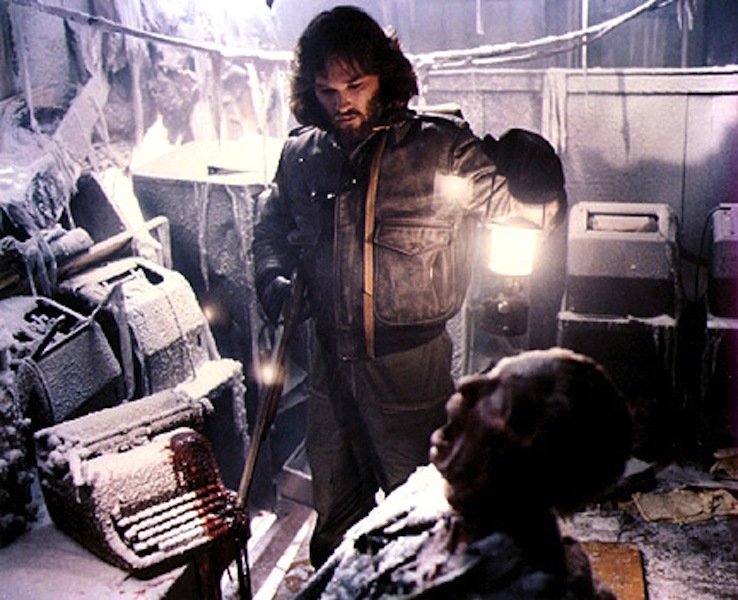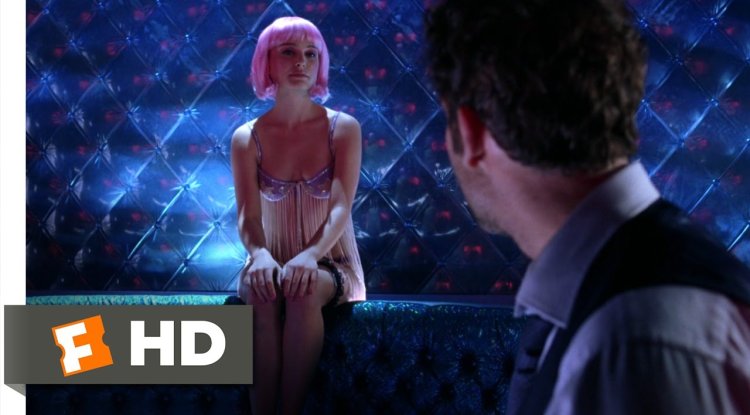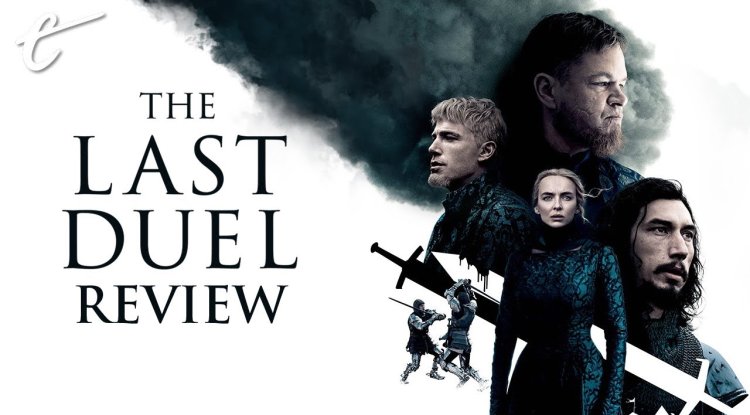'The Thing' (1982)
Welcome to our comprehensive exploration of "The Thing" (1982), a groundbreaking and chilling film directed by John Carpenter. In this article, we delve into the atmospheric tension, groundbreaking practical effects, and psychological horror that make this movie a true masterpiece of the genre. Prepare to be immersed in a claustrophobic and suspenseful journey where trust becomes a fragile commodity.

Atmospheric Tension and Paranoia
"The Thing" is a masterclass in building atmospheric tension and a sense of pervasive paranoia. Set in an isolated Antarctic research station, the film creates a palpable sense of dread from the outset. As the crew members of the station encounter an extraterrestrial life form that can assimilate and mimic any living organism, a pervasive sense of mistrust and uncertainty infiltrates their interactions. Carpenter expertly maintains a constant state of suspense, keeping audiences on edge as they question the identity of the creature and the loyalty of the characters.
Groundbreaking Practical Effects
One of the standout elements of "The Thing" is its groundbreaking practical effects, created by the legendary effects artist Rob Bottin. The film showcases a level of visceral and grotesque creature design that was groundbreaking for its time. The imaginative and nightmarish transformations of the creature are brought to life through a combination of animatronics, prosthetics, and puppetry. These practical effects remain as impressive today as they were upon the film's release, elevating the horror and providing unforgettable and visceral moments that still resonate with audiences.
Complex Characters and Stellar Performances
"The Thing" boasts a cast of talented actors who deliver compelling performances and bring depth to their characters. Kurt Russell leads the ensemble as R.J. MacReady, a rugged helicopter pilot and the de facto leader of the group. Russell's portrayal of MacReady as a determined and resourceful survivor is magnetic. The film's supporting cast, including Keith David, Wilford Brimley, and Donald Moffat, also deliver stellar performances, adding layers of complexity to their respective characters. Their interactions and shifting dynamics under the threat of the unknown contribute to the film's gripping narrative.
Psychological Horror and Themes of Isolation
Beyond its visceral scares, "The Thing" delves into psychological horror and explores themes of isolation and the breakdown of trust. The characters find themselves trapped in an unforgiving and desolate environment, cut off from the outside world. As the paranoia intensifies and the true nature of the creature remains elusive, the film examines the fragility of human relationships under extreme circumstances. It raises questions about the lengths individuals will go to protect themselves and the consequences of succumbing to fear and suspicion.
Enduring Influence and Legacy
"The Thing" has left an indelible mark on the horror genre and continues to inspire filmmakers and audiences alike. Its expertly crafted tension, innovative practical effects, and psychological depth have solidified its status as a cult classic. The film has influenced numerous subsequent horror films, serving as a touchstone for creature-based horror and atmospheric storytelling. Its enduring legacy is a testament to Carpenter's directorial vision and the timeless power of a well-executed and genuinely terrifying narrative.
A Powerful Score by Ennio Morricone
Ennio Morricone's haunting and atmospheric score adds another layer of intensity to "The Thing." The score enhances the sense of isolation and unease, punctuating the film's most suspenseful moments. Morricone's compositions contribute to the overall sense of dread and uneasiness, further immersing viewers in the chilling atmosphere of the film.
Also Check What do we know about this year’s Met Gala?
Conclusion
In conclusion, "The Thing" (1982) is a tense and terrifying masterpiece of science fiction horror. John Carpenter's masterful direction,





























